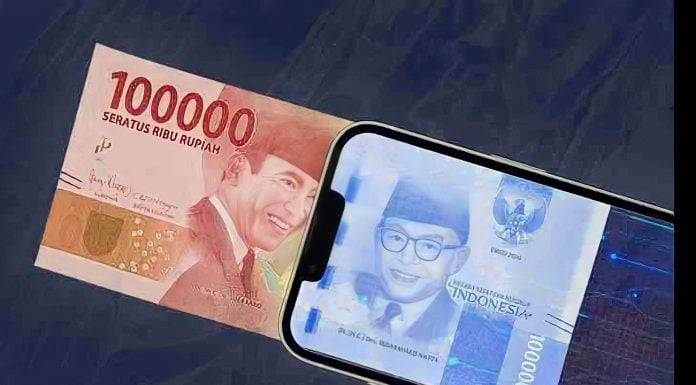One more valid means of payment in Indonesia will be added. This can happen after the digital currency is recognized by the state. Currently, the government is preparing to develop a digital rupiah.
Details of Bank Indonesia’s preparations for issuing digital rupiah were released in a white paper entitled Garuda Project which was officially launched on Wednesday (30/11/2022).
The Governor of Bank Indonesia (BI) Perry Warjiyo explained, the three legal instruments of payment later would be in the form of paper or metal rupiah currency as currently available, rupiah currency in the form of cards, both debit and credit or e-money, then cash rupiah in digital form.
“Because now in our society demographically there are those who still want to use paper payment instruments. Those are usually older people like me, some still want to be account-based, earlier cards, some need digital,” said Perry.
the existence of these three types of payment instruments indicates that the emergence of the digital rupiah will not eliminate the circulation of rupiah in paper form. Although, it is estimated that the digital rupiah will dominate in the coming years.
“About 60% of millennials in Indonesia, especially our children and grandchildren, need digital payment instruments,” Perry said at the Meniti Jalan To Digital Rupiah event, quoted Friday (8/12/2022).
Thus, the function of the digital rupiah in the Garuda Project white paper has been ascertained to be the same as other forms of rupiah. First, as a legal digital payment instrument in the Republic of Indonesia, complements banknotes and coins.
This goal will be achieved by Bank Indonesia through the issuance of rupiah-denominated digital money as public goods or sovereign public goods based on the choice of a technology platform that can support the issuance and circulation process.
The digital rupiah will also be used as a core instrument for Bank Indonesia in carrying out its mandate in the digital era.
This goal will be achieved through the development of a digital rupiah design that ensures alignment with the implementation of Bank Indonesia’s mandate in the monetary, macroprudential, and payment system fields.
In addition, it will also serve as an important element in supporting the development of the financial system and integration of the digital financial economy nationally.
This goal will be achieved through the development of features capable of supporting end-to-end innovation, financial inclusion, and efficiency.


















